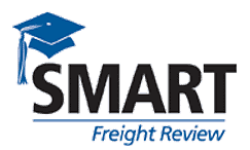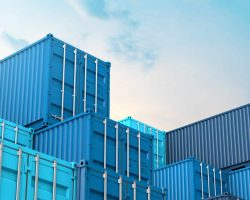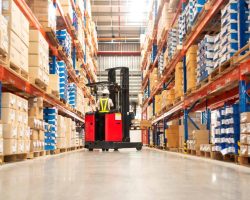
The EU’s Carbon Border Adjustment Mechanism (CBAM) entered it’s first reporting period for importers ending January 31, 2024.
The CBAM will initially apply to imports of certain goods and selected precursors whose production is carbon intensive and at most significant risk of carbon leakage: cement, iron and steel, aluminium, fertilisers, electricity and hydrogen. With this enlarged scope, CBAM will eventually – when fully phased in – capture more than 50% of the emissions in ETS covered sectors. The objective of the transitional period is to serve as a pilot and learning period for all stakeholders (importers, producers and authorities) and to collect useful information on embedded emissions to refine the methodology for the definitive period.
The gradual phasing in of CBAM over time will also allow for a careful, predictable and proportionate transition for EU and non-EU businesses, as well as for public authorities. During this period, importers of goods in the scope of the new rules will only have to report greenhouse gas emissions (GHG) embedded in their imports (direct and indirect emissions), without making any financial payments or adjustments. Indirect emissions will be covered in the scope after the transitional period for some sectors (cement and fertilisers), on the basis of a defined methodology outlined in the Implementing Regulation published on August 17, 2023 and its accompanying guidance.
Sectors covered in the first phase of the CBAM:
| CEMENT | IRON & STEEL | ALUMINIUM |
| FERTILISERS | ELECTRICITY | HYDROGEN |
Here is the full list of goods, by Category and HS Tariff Heading for which the CBAM is applicable to:
For more information refer to European Commission Taxation and Customs Union publication or contact Brian Rowe, Director – Customs Compliance & Regulatory Affairs.












